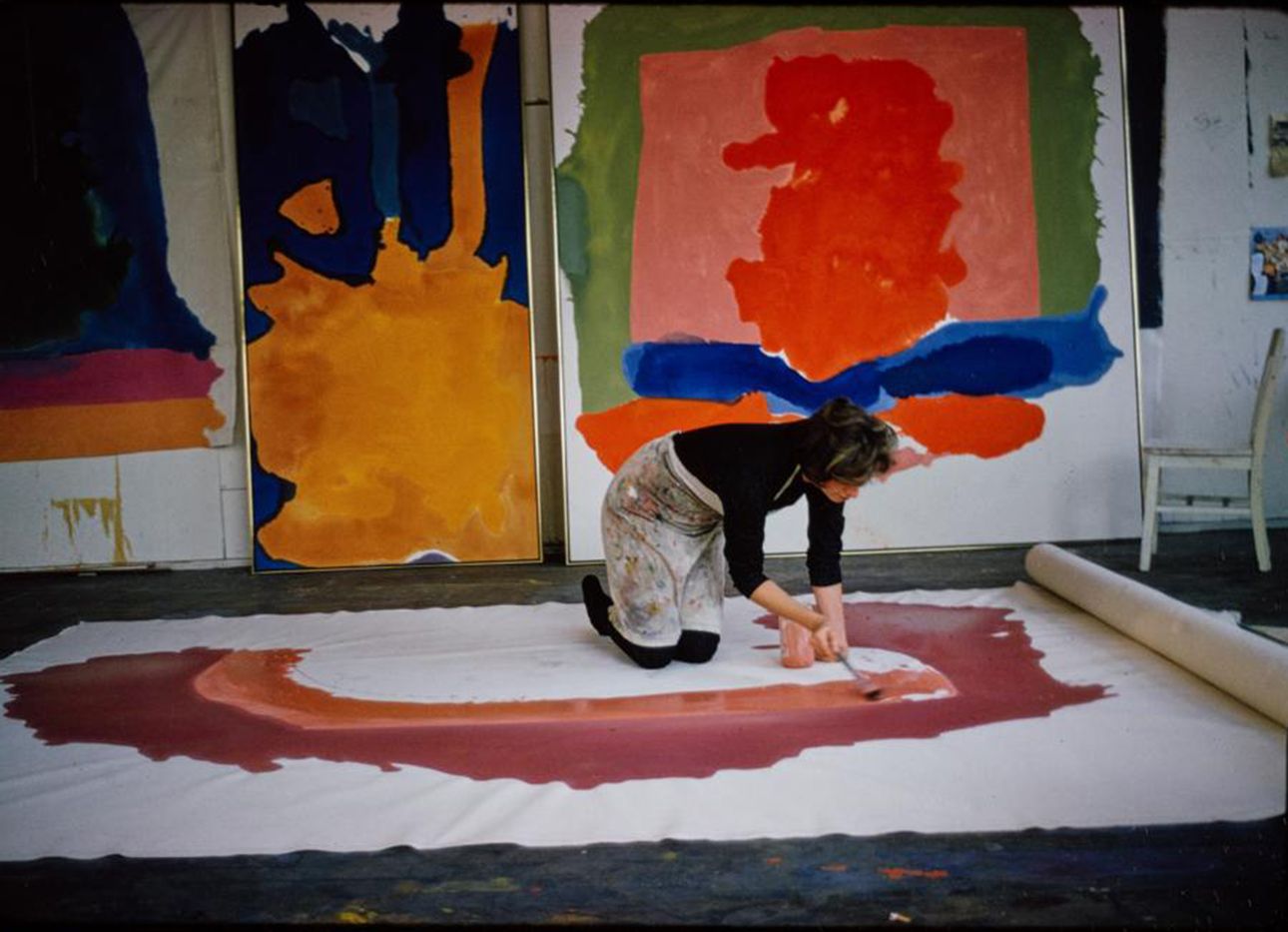
Helen Molesworth on the “Radical Women” Featured in the Getty’s New Podcast
Helen Molesworth, the longtime art curator behind major shows such as “Leap Before You Look: Black Mountain College, 1933–1957” and “Kerry James Marshall: Mastry,” has leapt headfirst into audio as the host of “Radical Women,” the first season of the Getty Museum’s Recording Artists podcast. Here, we chat with her about the trailblazing female artists featured in the series.
You’ve organized countless museum exhibitions over the years, but this podcast is your first. How has it been to work in the audio space?
I’ve really enjoyed it. One of the things I really liked about museum work was trying to figure out how to tell these big, messy art historical stories in three dimensions, and the podcast space is another interesting place to tell a messy story. It’s kind of built for it, in a way, because you can have so many different voices that can get layered and complicate, contradict, cohere, and not cohere in different ways. If the museum space is public, the podcast space is really intimate: There’s something about someone telling you a story directly in your ear. It’s not something you do with other people, for the most part. There were inherent challenges in trying to figure out how to tell stories about the visual, without any visuals present—and I liked all of those challenges.
Each of the six episodes of “Radical Women” combines raw archival footage that the Getty had just digitized, layered with new takes from artists and experts today. Could you tell us more about this collection of tapes, and the process of putting it all together?
The Getty approached me because they had the archives of Cindy Nemser and Barbara Rose, who are two very different personalities and intellects, but both of them had reel-to-reel tape recorders in New York in the sixties and seventies. The Getty asked if I wanted to do a project about Nemser and Rose, and that wasn’t where the interest lay for me as much—I’m more oriented around artists than I am critics, and so we decided to do one artist per episode. I didn’t want it to be didactic, with me as the only interlocutor, so trying to make it conversation-based seemed like the way to really pull that off, and have it not just be interesting because it’s archival, but because it can do some work in the present.
To what degree do you feel these tapes are a window into creative life for American women in the sixties and seventies?
It’s complicated by the fact that each of the artists are all at very different stages of their own working lives. By the 1970s, Alice Neel is in her seventies, Lee Krasner is in her late fifties, early sixties, and Eva Hesse is still quite young. When feminism emerges, it doesn’t emerge the same for all women at the same time. And I should note that the Yoko Ono interview is an outlier—that one comes from 1990. I don’t think she could have been interviewed [in the same way and time] in this case, because she was too “hot,” so to speak, too connected to Lennon, and the art world could never have seen her as a full protagonist in the 1970s—it still had its blinkers on about who was considered an artist, and what constituted “real art.”
But I do think that all of the audio does lay bare, on some sliding scale from implicit to explicit, the extraordinary pressures that women who wanted to make art and be considered serious artists were under—and how little room there was, in fact, for them to move, how they were still laboring under very conventional ideals of the wife, of motherhood. No one wants to deal with this, but it was a kind of second-class citizenship, that their work didn’t count as much as the work of other people, who were men. I think all of the audio gets it out in some way or another.
Anything you were especially surprised to uncover, and that has stayed with you?
In terms of surprises, there were just so many. I realized I had done all this work over the years on Eva Hesse, and I’d never heard her voice. It’s something that never occurred to me. But then, hearing the timbre of her voice really shook me. There’s something about the sultriness of it. She spoke so low and had such a strong New York accent. It took me days to go back and listen again, just because I wasn’t expecting it. And she’s someone whose work I know very well, and I knew lots of quotes I’d read from that interview, as cleaned up by [Cindy] Nemser.
I’m still not even really sure what it was that shook me so much, because of course I could say all the same things about Krasner, who has a deeply affecting voice—I mean, it’s like Barbara Stanwyck, it’s just incredible—but it didn’t throw me for the psychological loop that Hesse threw me for. That made me realize that our version of history is always so tidied up and neat, and that we’ve all left out the voice—the timbre, the embodiment of what someone sounds like, the uniqueness of that charge, in someone as beloved as Hesse.